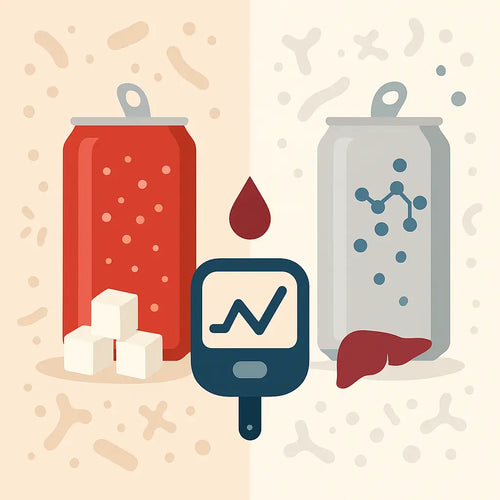Osteoarthritis is a very common condition, and we don’t have to be very old before we can detect signs of cartilage degeneration.
Hip and knee osteoarthritis is considered one of the leading causes of disability (Cross M, et al. 2014).
In addition to inflammation, which is probably the first thing you are thinking about when you hear the word arthritis, free radical damage is also involved.
According to this study, participants with osteoarthritis and a control group were measured for lipid peroxidation products to assess oxidative stress, indicating free radical damage (Surapaneni KM, Venkataramana G, 2007).
Moreover, glutathione, ascorbic acid, vitamin E and activities of antioxidant enzymes were also measured.
The results suggested higher free radical production with increased lipid peroxidation products, lower levels of glutathione, ascorbic acid and vitamin E among other things, in the group with osteoarthritis.
Glutathione is a very powerful antioxidant the body is making, but it makes less as we get older, and we actually need more.
Glutathione can be a very effective way of reducing free radical damage.
Therefore, Glutathione needs to get into the cells. Hence, you can now supplement with S-Acetyl Glutathione. It is the only available form of glutathione that gets into the cells where it is needed.
References:
Effective S-Acetyl Glutathione
Protect yourself
Glutathione is your primary defense against aging, but regular glutathione is oxidized (destroyed in the stomach) and provides little value. S-Acetyl Glutathione is easily absorbed and provides protection and may also help reduce the risk of dementia. It is also the only form of glutathione shown to get into the cells where it is needed.










